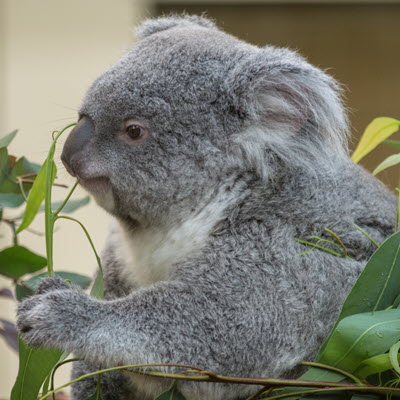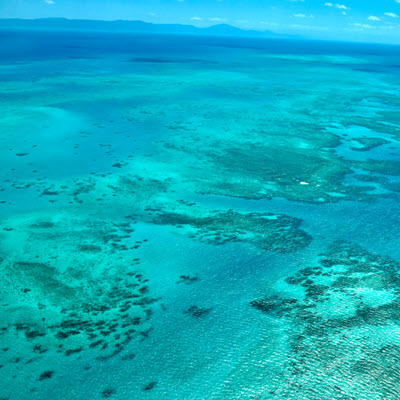
Real-world impact
As a kid, Hugh thought maths was just an amusement. ‘Until second year university I just thought maths was something you did because it was fun and a vaguely entertaining game, no different from chess,’ he says. ‘Chess has no purpose, other than to win. So, for me, maths was a puzzle and you played it to get good marks.’
It wasn’t until Hugh realised how much maths could be used to describe the world around us that he understood he could apply that puzzle-solving to make a real-world impact. In Hugh’s case, that impact was in the area of wildlife conservation.
In conservation, we first need to measure animal or plant populations – unless you know how much or how many of a thing exist, you can’t work out how many need to exist to save the species.



